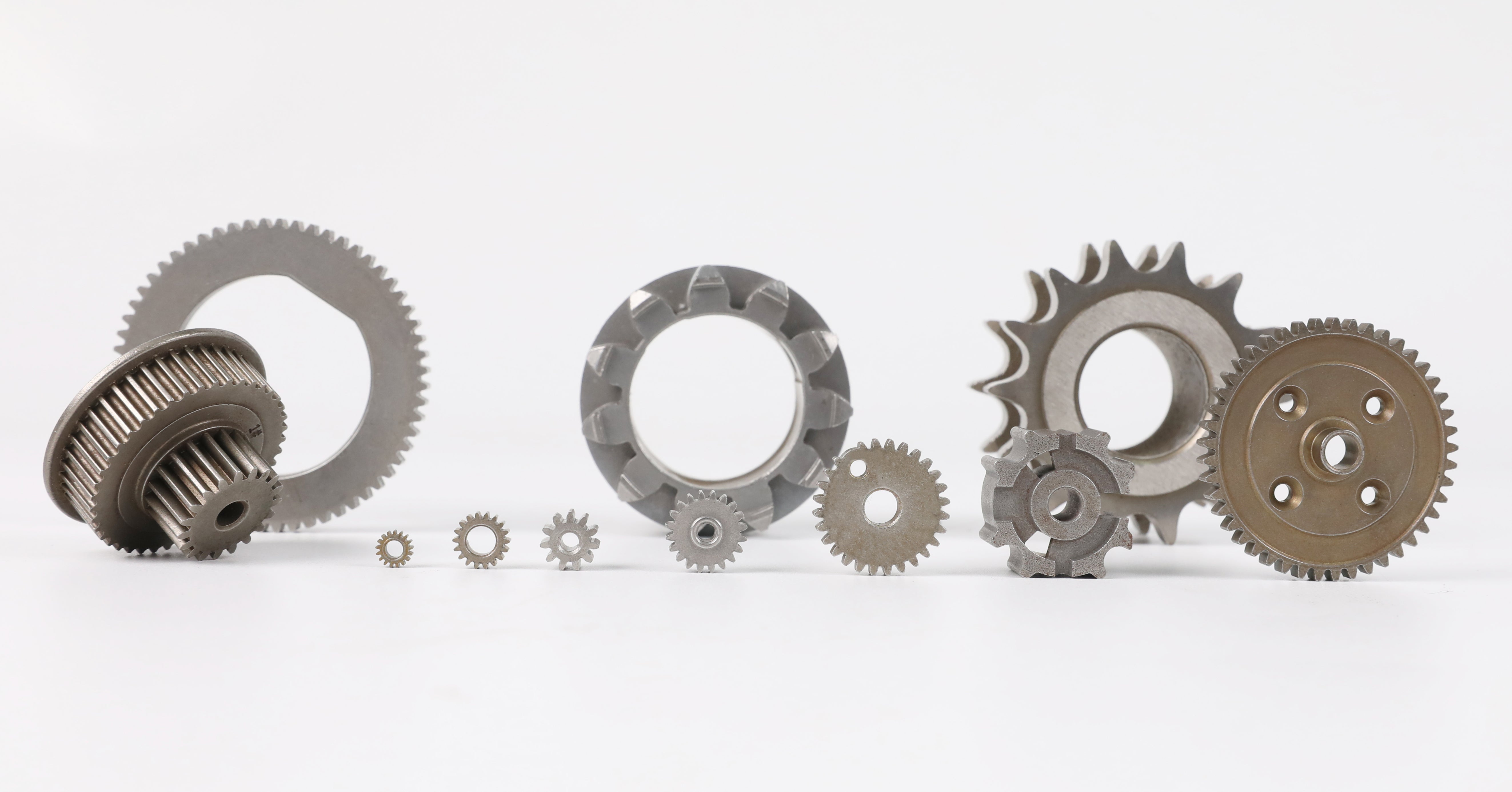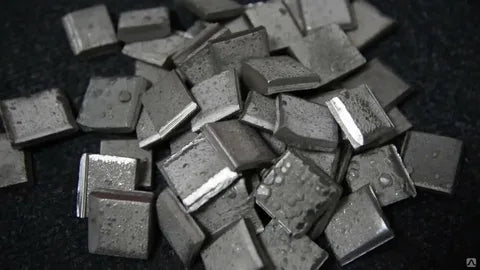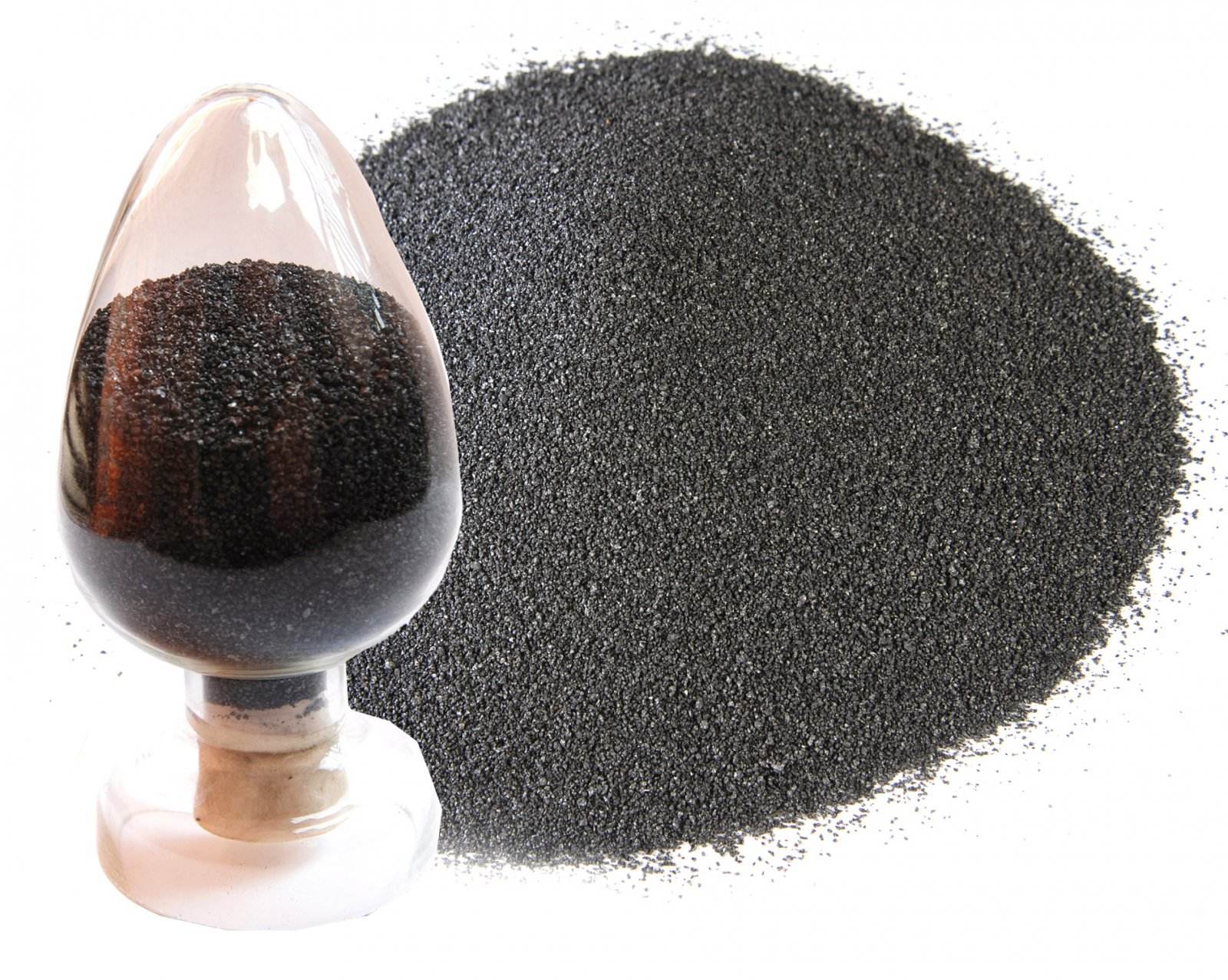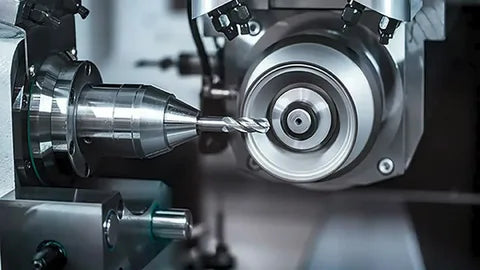3D printing, also known as additive manufacturing, is a process of building objects by stacking materials layer by layer. This technology has found wide applications in many industries, including aviation, medical, automotive and jewelry manufacturing. In these applications, metal powder is one of the main materials for 3D printing.

As the most important link in the 3D printing industry chain of metal parts, 3D printing metal powder is also the greatest value. At the "2013 World 3D Printing Technology Industry Conference", the world's authoritative experts in the 3D printing industry gave a clear definition of 3D printing metal powder, which refers to a group of metal particles with a size of less than 1mm. Including single metal powder, alloy powder and certain refractory compound powders with metallic properties. At present, 3D printing metal powder materials include cobalt-chromium alloy, stainless steel, industrial steel, bronze alloy, titanium alloy and nickel-aluminum alloy. However, in addition to having good plasticity, 3D printing metal powder must also meet the requirements of fine powder particle size, narrow particle size distribution, high sphericity, good fluidity and high bulk density.

Due to different applications and subsequent molding process requirements, the preparation methods of metal powders are also different. According to the preparation process, there are mainly two methods: physical and chemical methods and mechanical methods. In the powder metallurgy industry, preparation methods such as electrolysis, reduction and atomization are widely used, but it should be noted that both electrolysis and reduction have certain limitations and are not suitable for alloy powder preparation. At present, metal powders for additive manufacturing are mainly concentrated in materials such as titanium alloys, high-temperature alloys, cobalt-chromium alloys, high-strength steels and mold steels. In order to meet the requirements of additive manufacturing equipment and processes, metal powders must have characteristics such as low oxygen and nitrogen content, good sphericity, narrow particle size distribution range and high bulk density. Plasma rotating electrode method (PREP), plasma atomization method (PA), gas atomization method (GA) and plasma spheroidization method (PS) are the main preparation methods for metal powders for additive manufacturing. All four can prepare spherical or nearly spherical metal powders.
The process of producing 3D printing metal powders usually involves the following steps:
Material selection:

First, select the metal powder for 3D printing. Commonly used metal powders include stainless steel, titanium alloy, aluminum alloy and nickel-based alloy. These metal powders have the characteristics of high strength, corrosion resistance and high temperature performance, and are suitable for various applications.
Powder preparation:
Metal powders can be prepared by a variety of methods, such as atomization, electrolysis, chemical reaction and mechanical crushing. These methods can convert metal raw materials into tiny powder particles for use in 3D printers. Powder processing: Before using metal powders for 3D printing, some processing is required, such as screening, mixing and drying. These processing can ensure that the particle size and chemical composition of the powder meet the printing requirements and improve the fluidity and printability of the powder.
Printing process:
During the 3D printing process, metal powder is deposited layer by layer into a preset shape through the printer's nozzle or extruder. After each layer is deposited, the printing platform will drop a certain distance to facilitate the next layer to be deposited. This process will be repeated until the entire object is printed.
Post-processing:
After printing, the object needs to undergo some post-processing operations, such as sintering, heat treatment, welding and machining. These processing can improve the strength and precision of the object and ensure that it meets the requirements of final use. When producing 3D printing metal powder, some important factors need to be considered, including the particle size, chemical composition, fluidity and printability of the powder. These factors will affect the precision, strength and production efficiency of the object during the printing process. In addition, the production cost of metal powder is also one of the factors that need to be considered.
Although 3D printing technology has made great progress, there are still some challenges and limitations in the production and application of metal powder. For example, the production cost of metal powder is high, and different metal powders require different preparation and processing methods. In addition, the particle size and chemical composition of metal powder will also affect its printability and the performance of the final object. In order to overcome these challenges and limitations, further research and development of new technologies and methods are needed. For example, develop new metal powder preparation technologies to improve the quality and production efficiency of powders; study new metal powder processing methods to improve its fluidity and printability; explore new post-processing technologies to improve the strength and precision of objects.













Share:
Introduction to Powder Metal Casting
Our MIM Materials